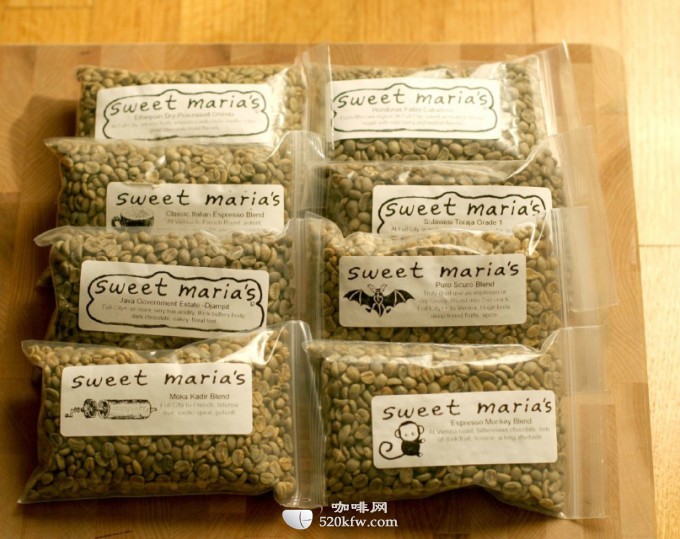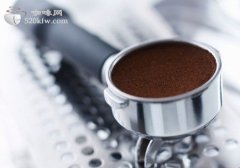The definition of Coffee Cup Test for Fine Coffee

[coffee cup test like this] "Coffee Cupping (Tasting)-cup test" refers to the process of evaluating the taste of roasted coffee, which is carried out by the coffee tasting specialist (Master Taster). Of course, anyone can try to score the cup according to the standard procedure, but professional taste requires talent and rigorous training. Cup testing process: grinding > smelling dry incense > flushing > smelling wet incense > picking up dregs > sipping coffee liquid
Important Notice :
前街咖啡 FrontStreet Coffee has moved to new addredd:
FrontStreet Coffee Address: 315,Donghua East Road,GuangZhou
Tel:020 38364473
- Prev

The ingenious use of fine coffee to recycle coffee grounds
The wonderful use of coffee grounds: there are many people will use the oven to bake delicious bar, the oven after many times, the inside has been greasy, strange smell mixed, take a plate of coffee grounds baked in the oven, that is, can effectively remove the residual smell of food in the oven
- Next

Coffee healthy Life "Best Coffee" drinking schedule
Coffee is already a habit for some people, and drinking a cup of coffee during the day will improve your work efficiency. Enjoying different coffee at different times and in different moods can have different effects of refreshing, relaxing, soothing or stimulating. Follow the daily life trajectory and mood changes of office workers, and let the coffee schedule tell you how to choose.
Related
- Beginners will see the "Coffee pull flower" guide!
- What is the difference between ice blog purified milk and ordinary milk coffee?
- Why is the Philippines the largest producer of crops in Liberia?
- For coffee extraction, should the fine powder be retained?
- How does extracted espresso fill pressed powder? How much strength does it take to press the powder?
- How to make jasmine cold extract coffee? Is the jasmine + latte good?
- Will this little toy really make the coffee taste better? How does Lily Drip affect coffee extraction?
- Will the action of slapping the filter cup also affect coffee extraction?
- What's the difference between powder-to-water ratio and powder-to-liquid ratio?
- What is the Ethiopian local species? What does it have to do with Heirloom native species?

